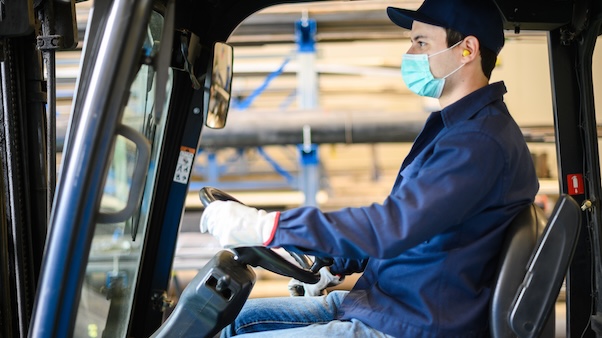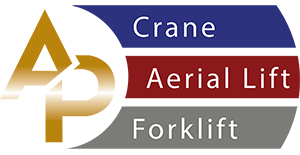
Much of the world has been left at a stand still because of the pandemic. However, if there's one thing that has been made clear out of all these is that life and the supply chain will go on. For this reason, your warehouse remains an essential operation as it contributes to the uninterrupted flow of goods during this pandemic and beyond.
Of course, you do have the responsibility to guarantee the safety of those you serve and, most especially, your employees while the coronavirus threat remains at large. This will invariably entail taking stock of your operations as a whole and making adjustments where possible and necessary. Not just to do your part in preventing the transmission of COVID-19, but also to prepare for the post-pandemic world.
Expand Safety Protocols
By now, it's been established that COVID-19 is a highly contagious virus that has the potential to spread like wildfire if left unchecked. For this reason, it's not uncommon to hear of businesses being forcibly shut down as employees or even customers show symptoms and test positive for the coronavirus. It goes without saying that this is a fate that you want your warehouse to avoid, which is why rethinking your safety protocols is a must at this juncture.
No doubt, a key factor of your warehouse's safety plan is the use of Personal Protective Equipment or PPEs by your employees. Long before the pandemic, warehouse PPEs such as hard hats, safety shoes, high-visibility jackets, etc. have been in use to reduce the risks of injuries. With COVID-19, gloves, masks, suits, face shields, and the like are also proving to be valuable in stopping transmission, as is proper usage.
Of course, pandemic or no pandemic, the safe operation of warehouse equipment remains crucial to your operations. For instance, in forklift safety, reading nameplates properly is necessary to ensure that load limits are adhered to, while also taking into account other factors like attachments and truck weight. The nameplate itself will contain information like parts, weights, equipment components, and, of course, loads to make it safer to operate at a glance.
Shift to the New Normal
Now, with the pandemic comes a barrage of rules that govern everything from sanitization to social distancing. Again, all with the aim to lessen the transmission of the virus. These new rules are essentially easing us all into what's now being dubbed as the new normal, so it's only prudent for your warehouse operations to move in that same direction, as well.
COVID-19 best practices for warehouses start with a good communications plan. At the most fundamental level, this should cover the proper usage of PPEs, increased disinfecting measures for all accessible areas, adequate sanitation practices for all workers and visitors, regular temperature checks, and more. Social distancing policies must also be covered, as well as options to work from home where applicable.
Make Long-Term Changes for the Greater Good
Indeed, a good part of the long-term changes you should undertake must be empathic toward your employees and their families as they are, after all, the core of your operations and, by extension, the supply chain. Again, clear, concise, and constant communication is the key, disseminated in several ways, like email, social media, company web portals, etc. to ensure that nothing gets lost in translation.
Suffice it to say, the supply chain is arguably the lifeblood of the economy at present, and along with it, your warehouse, and your employees. But to be able to continue operating and remaining essential, you must also roll with the punches and prioritize safety above all. At the end of the day, ending COVID-19's reign is everyone's responsibility, and your warehouse, along with many others, is the vanguard.
Photo via Pexels.com
